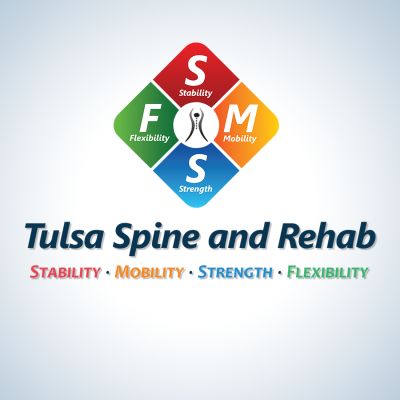What you need to know about scoliosis but probably don’t
When I was a young child in grade school, we had scoliosis screenings where the nurse would lift our shirt and have us bend down to see if there was a deviation or curve in the spine. Scoliosis isn’t a disease—it’s actually just a term to describe any curvature in the spine. It’s typically going to be some form of ‘C’ shaped curve throughout the mid back or thoracic spine (the area between the shoulder blades).
Levoscoliosis describes the form of scoliosis that curves to the left. Dextroscoliosis describes curvature to the right. It can also progress to the point where it’s more of an ’S’ shaped curve throughout the thoracic spine and lumbar spine (thoracolumbar scoliosis).
Scoliosis is very common, typically affecting younger children. Infantile scoliosis affects young ones from birth to three years old. Juvenile scoliosis is more common, affecting people from three to nine years old. Adolescent scoliosis affects people 10 to 18 years old.
Signs
How do we determine that someone has scoliosis? It could be through screening like I said earlier. It could also be through postural inspection. Maybe one shoulder is significantly higher than the other. There may also be a high hip, rolling inward of the midsection, or leg length discrepancy (one leg shorter than the other). Simply put, there might be a little bit of a tilt to the body. The gold standard is going to involve a form of X-ray. We’ll be able to take measurements of the X-ray to determine what the angle is and how much the scoliosis has progressed.
What’s interesting about scoliosis is it’s typically an asymptomatic disorder. That means that there’s no pain or symptoms that would prompt someone to get checked at the doctor. When you do observe a child with a sign of scoliosis when it comes to posture, it’s important to bring them in to get checked by a primary care physician or chiropractor. As kids are maturing and their skeletal structure is developing, that’s when it can really progress. It’s important that scoliosis is found early so you can figure out exactly what needs to be done.
Treatment
Treatment is based on two different factors. First of all, where is their skeletal maturation or maturity and how much growth can be expected? Second, how much curvature is there? A small degree in a patient nearing skeletal maturation (at the end of growth) is unlikely to progress much. Conversely, a younger patient that has a long way to go with skeletal maturation and a bigger curve is cause for concern.
There are three main treatment options for young ones with scoliosis. First is observation. If you notice someone with scoliosis, observation is key. The second treatment is a back brace. It’s a very conservative treatment that essentially tries to limit how much the spine is able to curve. The worst case treatment option would be surgery. Herrington rods and other types of rods along the spine are essentially a very invasive procedure reserved for the worst cases of scoliosis.
More than anything, it’s important that you stay on top of scoliosis at an early age. Observe children closely and determine if there’s any change. If so, get them to see a physician so they can make the appropriate treatment recommendation.
If you have any questions about young ones and scoliosis, contact us online or give us a call at (918) 743-3737.
The post What you need to know about scoliosis but probably don’t appeared first on Tulsa Spine and Rehab.
